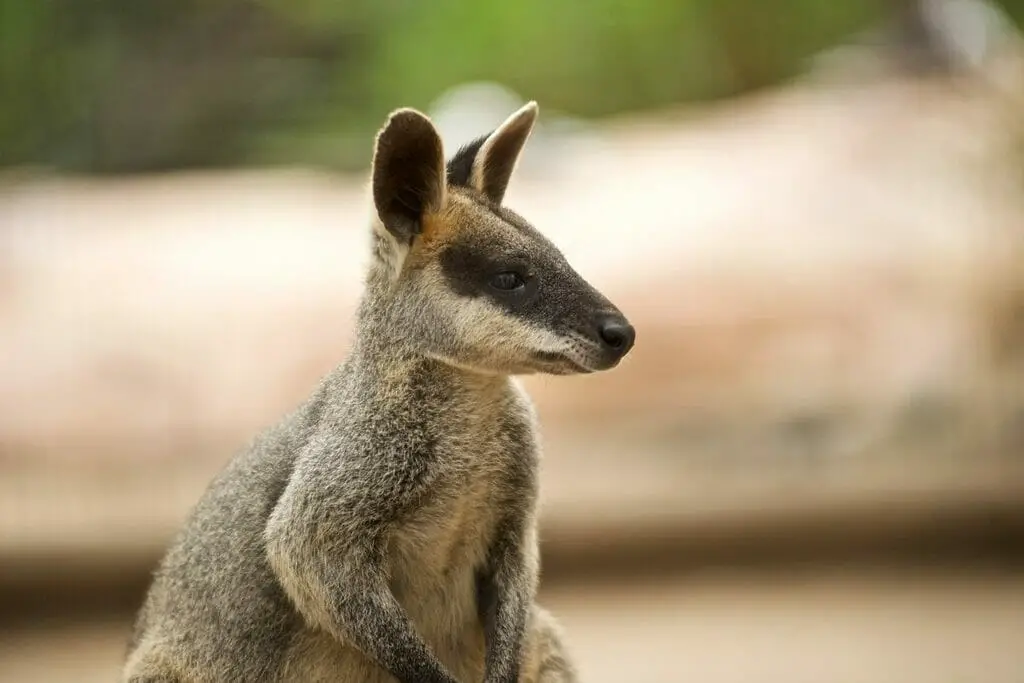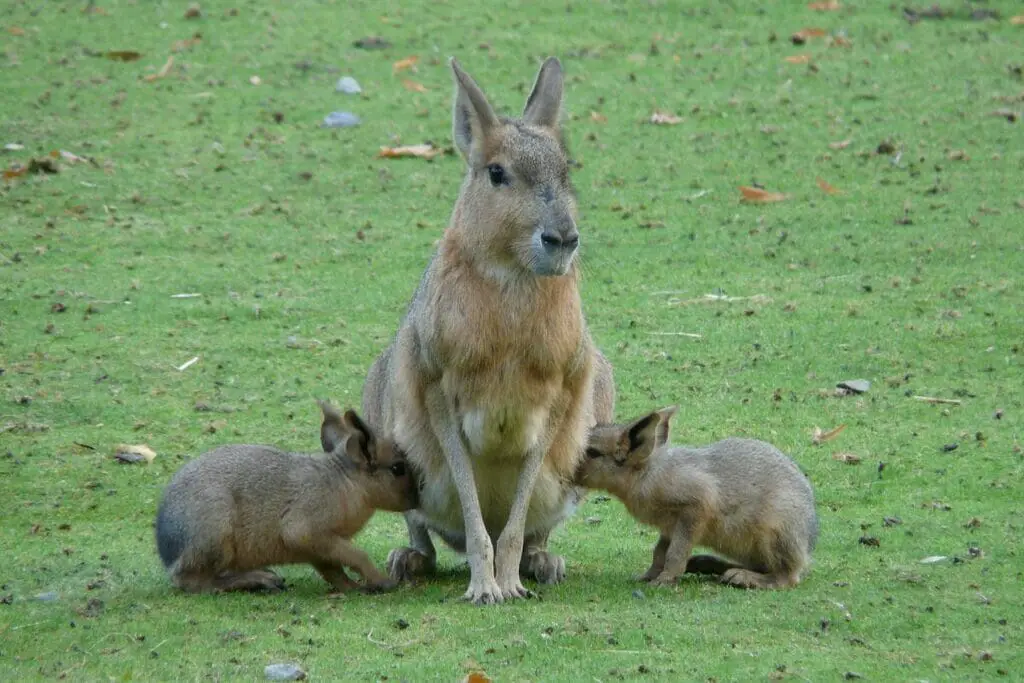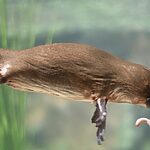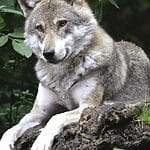Two of the most recognized animals in the marsupial family are the wallaby and kangaroo.
Although, while they may belong to the same family, they have many differences between them. The most noticeable one is their height.
In addition to the amazing difference in height, there are also a number of differences such as habitats and the fact that these animals rarely, if ever, intersect.

Further differences to add to the list include teeth, strength, and weight. So, to answer the question, can wallabies and kangaroos interbreed? The answer is no, they don’t interbreed.
With this in mind, this article will explain all the differences between wallabies and kangaroos.
Let’s get straight into it.
The 5 Main Differences Between Wallabies And Kangaroos
There are a huge variety of wallaby and kangaroos species, and each one differs greatly when looking at weight and size.
Therefore, in this article, to keep things simple we will be strictly looking at the Black Striped Wallaby and the Eastern Gray Kangaroo – comparing the differences and similarities between the two.
Below, we will uncover how these marsupials differ from one another.
1. Size
When comparing the wallabies and kangaroos in terms of size, wallabies come in as nearly half the size of an average kangaroo.
Generally, male wallabies can grow as tall as 3 feet, whereas female wallabies will only grow to roughly two or two and a half feet tall.
Therefore, even when wallabies have become fully grown adults, they remain the same size as an average kangaroo joey.
Since wallabies have smaller legs and an overall shorter stature; they are able to easily hide in shrubbery away from any potential predators. This also allows them to navigate tighter spaces in the forest as opposed to their kangaroo counterparts.
Likewise, due to their smaller frame, when fully grown, they only weigh as much as 20kg.
On the other hand, the kangaroo is known as the largest marsupial in the world, whereby the tallest kangaroos can reach up to eight feet tall when stood up straight. However, that being said, different species of kangaroo have different heights, as well as weights.
The tallest recorded kangaroo is known to be over nine feet tall – easily overshadowing most humans! – with a weight of over 90 kg.
Moreover, kangaroos also have much larger feet than their wallaby counterparts. Thanks to their massive feet; kangaroos are able to traverse large miles of land at a comfortable speed of over 20 km/h.
When running, they can easily hit anything up to the 70 km/h mark. On top of this, their larger legs and claws mean that they do not have any natural predators.
2. Color And Coat

However, the differences between wallabies and kangaroos don’t stop at their sizes. In fact, both marsupials have extremely different coats.
Since wallabies are smaller, they are more likely to fall victim to predators. To combat this, their coat is better camouflaged to protect themselves in forestry areas.
In addition to this, they also have more ornate fur, featuring two or three different shades running through their coats.
On the other hand, kangaroos feature a more muted coat in terms of color and camouflage. There are only a few species that sport as many as two colors.
Moreover, their coat tends to consist of colors like brown or gray, with some containing hints of yellowish, sand-ish colors.
3. Longevity
Unfortunately, wallabies don’t have the upper hand here, since they live for approximately half as long as kangaroos between 11 and 14 years. This is primarily due to predators. These include foxes, as well as bigger feral cats.
Since kangaroos are much larger, they don’t have any natural predators. Due to their height, many animals are intimidated by their height and massive, powerful legs that can do some serious damage when needed. For these reasons, they tend to live longer.
Kangaroos can live as long as 20 to 25 years – some can even live for up to 30 years!
4. Molars And Teeth
Another difference between the wallaby and the kangaroo is their teeth and the different shapes they come in. For instance, wallabies have much flatter teeth, which are used to eat leaves within their natural environments.
On the other hand, kangaroos typically live in the plains, munching on their favorite food: grass. Hence, their teeth are designed for this. As opposed to the wallaby, kangaroos have curved teeth which allow them to cut the grass stalks with ease.
Also, kangaroos have less prominent crows and don’t comprise any premolars, as opposed to wallabies who have both premolars and cutting teeth which allows them to chew on forest leaves that tend to be slightly thicker.
5. Habitat
Wallabies are able to live in a diverse range of habitats, ranging from certain plains to rocky mountains, and thick woodlands. Since these habitats contain many varied species, they each contain unique characteristics depending on their environment.
Contrastly, kangaroos can only be found in a singular habitat, with only a few unique species making the forest their home.
What Do You Get If You Cross A Kangaroo With A Wallaby?
Linguistically speaking, you would get a ‘wallaroo’. However, contrary to popular belief, this isn’t the case.
While wallaroos look physically more similar to kangaroos, their genetic makeup is more similar to that of a few wallaby species, and can, in fact, cross-breed with some species of wallaby.
Despite sharing a few similarities with the wallaby and kangaroos, the wallaroo is not a hybrid kangaroo-wallaby cross. This may not have appeared to be the case to the person who named the mammal ‘wallaroo’.
Wallaroos can be found in varied types of habitats. For instance, they like steep rocky environments which provide enough shelter from Australia’s harsh temperatures.
Likewise, they also enjoy taking shelter in the bush near billabongs, where they can enjoy eating grass and shrubs.
Despite their cute appearance, wallaroos are large, strong creatures. The males, as opposed to the females, are more likely to show aggressive traits. Due to their behavior and size, it isn’t recommended for humans to interact with male wallaroos.
Final Thoughts
While kangaroos and wallabies share many similarities, they also have many differences – setting them apart from one another. For instance, the most noticeable difference between the two is their height.
Whereas kangaroos are much larger than wallabies. On top of this, they have different coats, lifespans, teeth, and habitats. All these different factors come together to highlight why these two mammals don’t interbreed with each other.
Despite popular belief, a wallaroo isn’t the result of kangaroos’ and wallabies’ interbreeding. In fact, it is its own species entirely. While they may look similar to their counterparts, all these mammals are unique in their characteristics and traits.
Out of the two mammals, wallabies are more likely to interbreed with wallaroos due to their similar sizes.
Hopefully, this guide has informed you of all the differences between a kangaroo and a wallaby and whether or not the two marsupials interbreed with one another.
- What Should I Do If A Koala Bites Me? Safety Guide - 2024-05-30
- Are Kangaroos Born Without Hind Legs? A Fascinating Journey - 2024-05-30
- Animals That Look Like Squirrels - 2024-05-30









